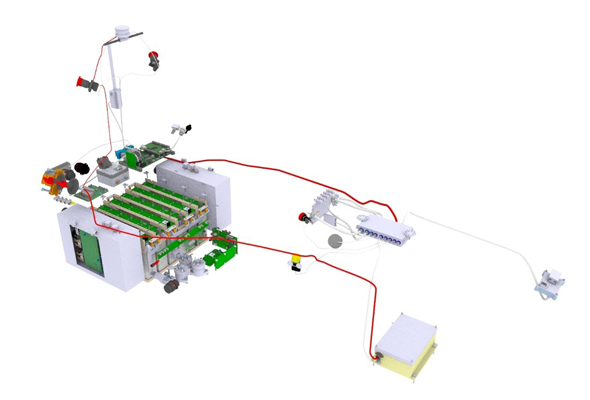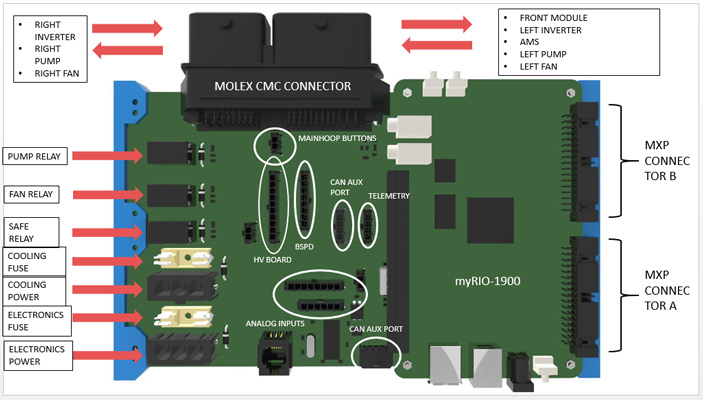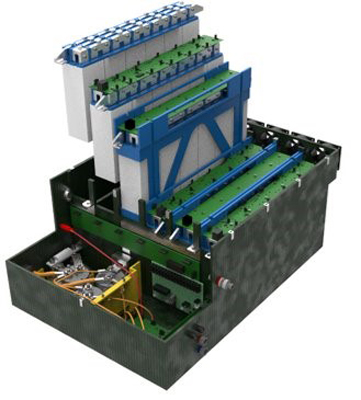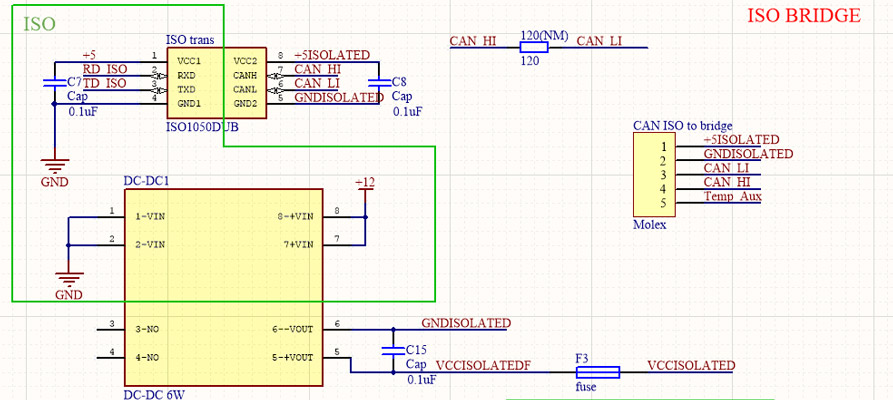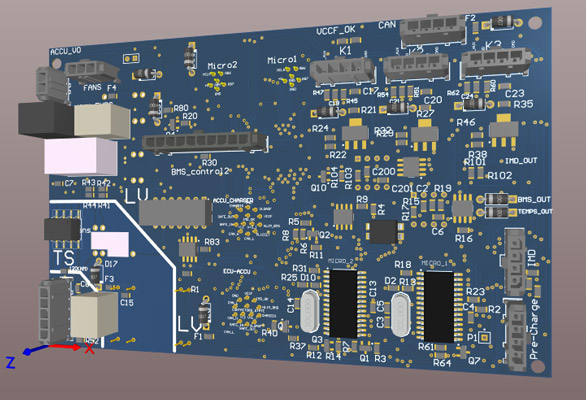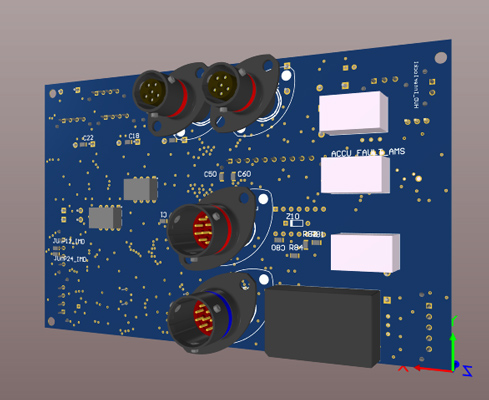Formula Student Bizkaia – FSB2019
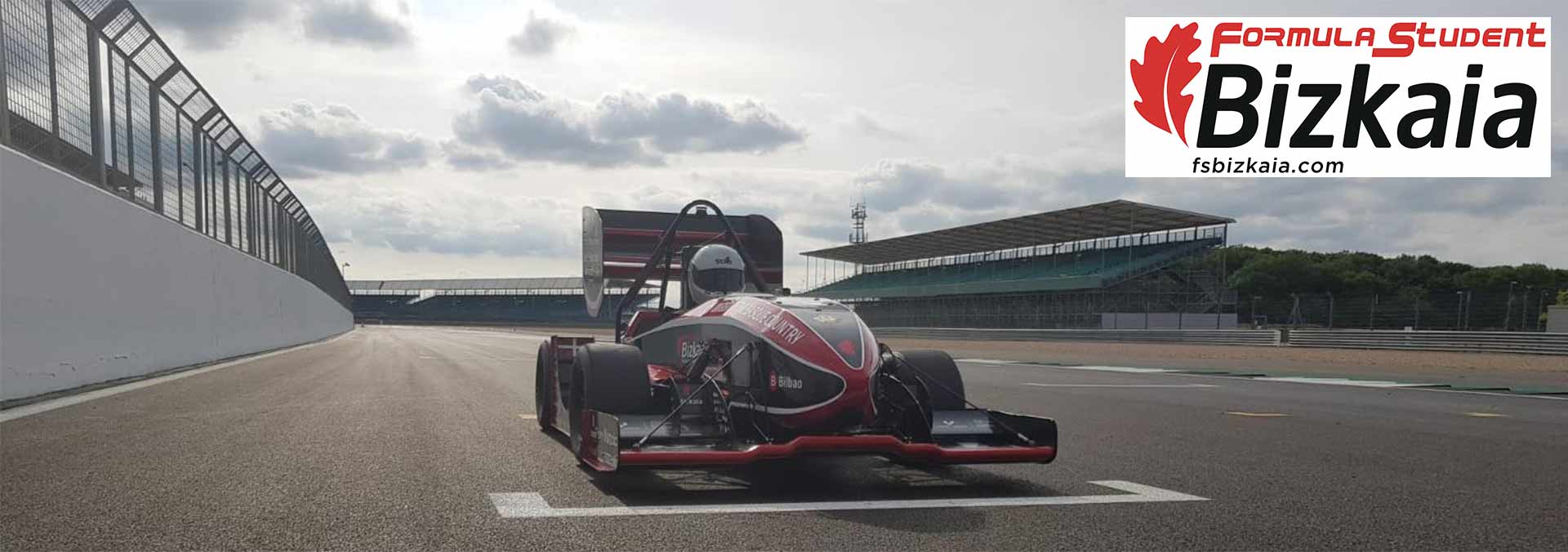
What is Formula Student Bizkaia?
It has been more than thirty years since the Formula Student competition started in the USA. An event were students from different universities design, manufacture, and compete with a self-made formula type race car.
As of today, Formula Student is an international competition, were more than three thousand students take part all around the globe, having the opportunity to put in practice their knowledge and abilities, and competing in some of the most famous F1 circuits.
Formula Student Bizkaia is the team of the University of the Basque Country (UPV/EHU). Its headquarters are in Bilbao, Spain, and its currently, formed by fifty students divided into different “Departments” according to their Engineering specialities: Aerodynamics, Chassis, Dynamics, Electronics, Organization, Powertrain, and Simulation.
The team has the support of several “Faculty Advisors”, whose task is to give advice and guide the team through each academic year.
Formula Student Bizkaia has developed Formula type prototypes since 2008. Although IC vehicles were developed in its first years, since 2012 the team has focused in fully electric vehicles.
The Electronics department has played an important role on the electric system development. In fact, in this department we design, program, and weld the different PCBs that form the Low Voltage Electrical System (LVS) of our racecar.
We are also in charge of the data management, control algorithms, sensorization, ergonomics, and electrical safety.
Developing all the circuitry of an electric vehicle is a challenging task, but thanks to our Sponsor Eurocircuits, we are able to manufacture the most important PCBs of our Electrical System, such as those related to the Electronic Control Unit or the Accumulator Management System.
ELECTRONICS CONTROL UNIT
The ECU (Electronics Control Unit) is the brain of the vehicle. If the LVS would be a hive, the ECU will be the queen bee.
Designed as a distributed system, it has direct influence into the different modules distributed all through the LVS.
These act as; the working bees of the hive, with modular tasks in order to reduce the computational cost of the ECU.
The ECU is composed by two main elements, a myRIO PCB, and a self designed Carrier Board. The latter handles all the connections from the rest of the vehicle to the myRIO SOC.
Hence the quality of the Carrier Board must be as high as possible to ensure performance and safety, a characteristic only achievable with Eurocircuits.
Figure 3. ECU and Carrier PCB Distribution.
ACCUMULATOR MANAGEMENT SYSTEM
The AMS (Accumulator Management System) is in charge of the control of all the Accumulator enclosure: the heart and muscle of our car where the batteries are located.
Some of its tasks are controlling of the charging process, measuring the output current, voltage and temperature of each battery cell, managing the pre-charge sequence, monitoring the electrical insulation and controlling the cooling system.
For such important tasks on our racecar, we use Eurocircuits’ PCBs, as they allow us to maintain the highest quality of the signals and data used.
The several functions required from the AMS are distributed among eleven PCBs, forming a modular structure.
The AMS master is on top of the hierarchy, being the second most important PCB of all the LVS.
It is the bridge between the high voltage LVS used to manage the batteries, and the rest of the vehicle’s LVS. Both are galvanically isolated by using a Forward DCDC converter, and an insulated CAN transceiver.
The need to ensure proper insulation makes the AMS master a critical PCB. It’s a challenging and critical task, and the tolerances between tracks, footprints, planes, and pads are very small.
However, thanks to Eurocircuits, these requirements can be properly carried out.
The up to 20 different PCBs of our vehicle have similar stories to tell. Space being a luxury in Formula type racecars, the PCB size, its paths and routing’s have to be pushed to the limit.
However, thanks to the help provided by Eurocircuits, the sometimes difficult requirements can be met, easing the challenging path of manufacturing our designs.
Hence, we are very grateful for the collaboration of Eurocircuits with Thank you very much Eurocircuits!

